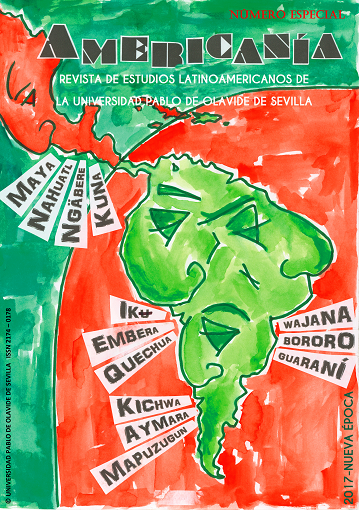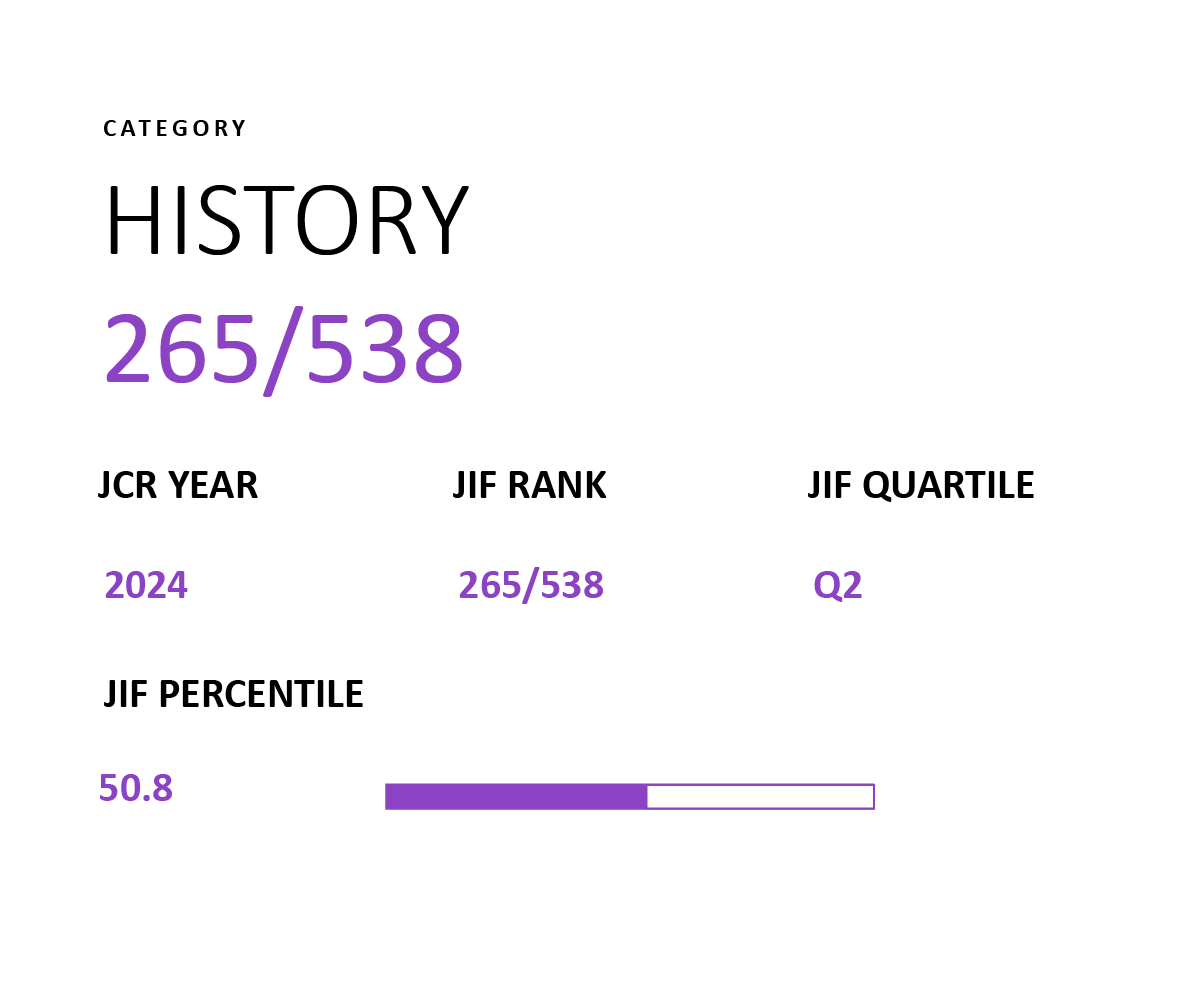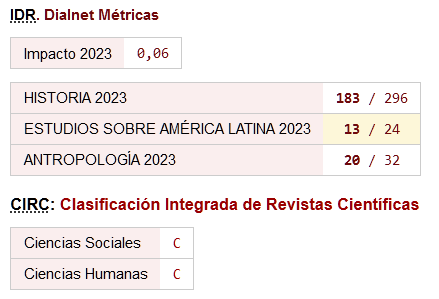Iku Chow Izanungwasi Winzapari Niko
Keywords:
Iku, Amizey neyka chow a'chwi, Awún mikure'bori mikuchuzunhasi zweykwa si, Iwákuchu, Zari zweingwa, ZapanamuAbstract
Ingu ko’kó kin anikwuyabari, zari nakunnuga kagumu tina’ naba pari awi niwizey kingwi yumu kusi anakunnuga; diwún diwún zari zueinguba kazagichi; eymi ka’zarunhey nakugaba pariri, bema negwa’ awiza nenunki kazagichi zun akwa kaw nunno constitucion 1986 se yeika kunchunhey; Manuel Quitin Lame awiri Rafael Reyes; ka'nunaba pari winzapari nakunuga awiri nikukey mikunanungwa kutasi, ley 1967 OIT, iku diwún diwún kawa kwey zweinnuga’ba wa’kun nusi nikamuseri corombia; umún kinki kudumari nakunuga yinari iku arhuaco nani.
El presente artículo busca ilustrar la lucha de los indígenas desde el siglo XIX, por la tierra y la reivindicación de sus culturas, pasando por los diferentes procesos de cambios. Para este recuento se hace un análisis muy sintético; desde el primer manifiesto donde se indica que todos los individuos de la nación con excepción de los esclavos están en condición de derechos, la instauración de territorios religiosos con la constitución de 1986, las luchas de Manuel Quintín Lame por la recuperación de las tierras que Rafael Reyes había legalizado como subasta pública, la participación de Colombia en 1967 con la ley 31 a la OIT en el convenio 107 de 1957 (en el cual se establecía el derecho de las minorías, por lo que los indígenas se vieron beneficiados), la importancia de la constitución de 1991 y el establecimiento de Colombia como un país ‘pluriétnico y multicultural’, y de ahí las luchas que se han gestado principalmente en el pueblo arhuaco hasta la actualidad.
This paper aims at illustrating the indigenous claims and struggles over their land and culture since the 19th century, going through the different processes of change. By means of a brief summarized analysis, this article starts with the first manifest, which grants all of the nation’s individuals - except for the slaves - lawful rights; followed by the establishment of religious territories with the constitution of 1986 and the disputes led by Manuel Quintín Lame to regain the lands that had been legalized as public auction by Rafael Reyes. Secondly, it looks at the participation of Colombia in the ILO in 1967 by means of the law no. 31 at the convention 107 from 1957, which stablished the rights of the minorities, thus, benefiting the indigenous peoples. Finally, it outlines the importance of the 1991 constitution and the establishment of Colombia as a pluriethnic and multicultural country, as well as the struggles of the Arhuaco people that followed it to this day.
Downloads
Downloads
Published
How to Cite
Issue
Section
License
Unless otherwise indicated, all contents of the electronic edition are distributed under a "Creative Commons Attribution-NonCommercial-ShareAlike 4.0" (CC-BY-NC-SA) licence. (CC-BY-NC-SA). You can consult the informative version and the legal text of the licence here. This must be expressly stated in this way when necessary.
In any case, the authors retain all rights to the published texts.










